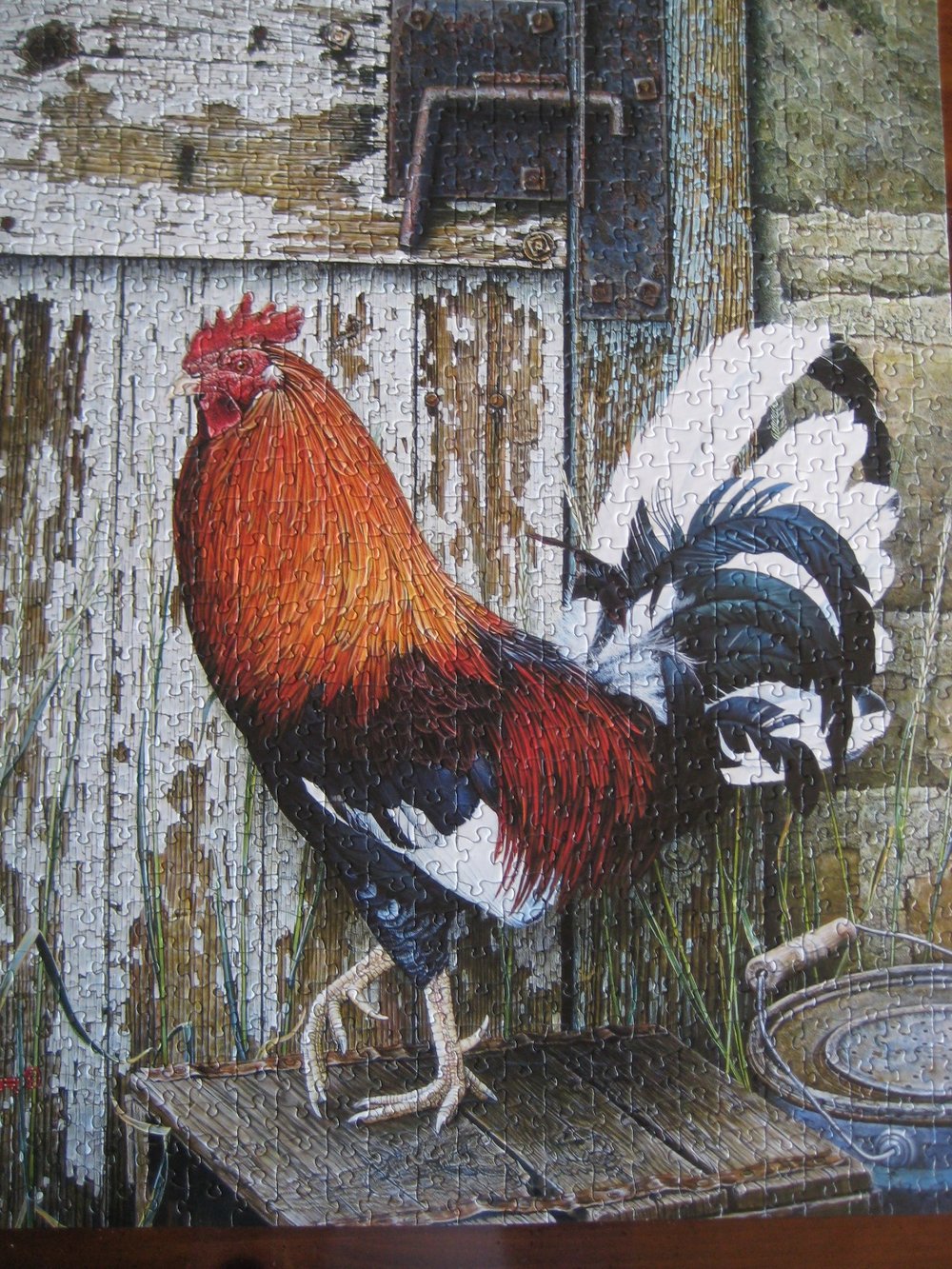
In a car trip with a friend, I carried my cross stitching. When she questioned why I didn’t relax and enjoy the view, I admitted that I never even watched TV without a task in hand. She said I had missed the meaning of “relax” and offered to give lessons. Retirement from teaching has only brought a different kind of work – writing, volunteering, needlework, gardening – and a tad of housework.
My husband Al thought a bucket list of visiting the 50 states might help. He settles down to watch the scenery out the window, stroll through a museum, or wander around some gardens. I pull out my pencil and stenopad, taking notes for the trip journal – not that far removed from the work I do. And there are the story ideas that pop up in a chance remark, a tale by the tour guide, or a quip on a poster. It’s hard to escape when your workplace is in your head.
Hearing a lot of advice that we actually need time to re-create as we recreate brought me to thinking seriously about my problem and looking for something that would enforce off-task time. Recently at the local cancer center where Al was being treated [successfully] for self-inflicted sun damage to his bald head, I noticed they had jigsaw puzzles out on several tables for patients and their waiting support groups. Presumably this helped them relax and think about something beside the treatments. I remembered that concentration on shapes and colors does tend to take one’s mind away from everyday concerns – a lesson I learned when I was young and practiced through three generations of female relatives. I hadn’t thought about it lately.
Mama kept a puzzle going for the lady who show up regularly wanting to gossip. Mama didn’t hold with gossipping and soon had the lady talking instead about where that curiously shaped puzzle piece was that “should go right there.”
My sister Beth and I put aside our constant quarrelling for a jigsaw puzzle. I worked the ground, and she worked the sky. She had a better eye for tiny differences in blue shades.
My teen-aged daughter Anna and I perfected the skill and made our rules. We never settled for a puzzle less than 1,000 pieces, and we had a system. First you turn all the pieces right side up making sure none are still joined and removing the edge pieces. Then you put the edge pieces together for the outline. Only then do you begin to work on the puzzle. [Parenting hint: If you want to make a comfortable setting for your child to talk, a jigsaw puzzle will do it.] We also put a curse on those who thought it was a good practical joke to remove just one piece of the puzzle.
Just in case you thought I had forgotten where I was going with this, I have not. It came to me in the cancer center this was a way to enforce recreation for myself. Every holiday I start a jigsaw puzzle. I remain engrossed in the puzzle until it is finished, giving my mind and body a rest. I will admit puzzles are more fun with Beth or Anna, but I enjoyed my last puzzle immensely and became quite attached to this rooster with character.
I have the date of the next holiday, Easter – April 8, marked on the calendar with a puzzle at the ready!